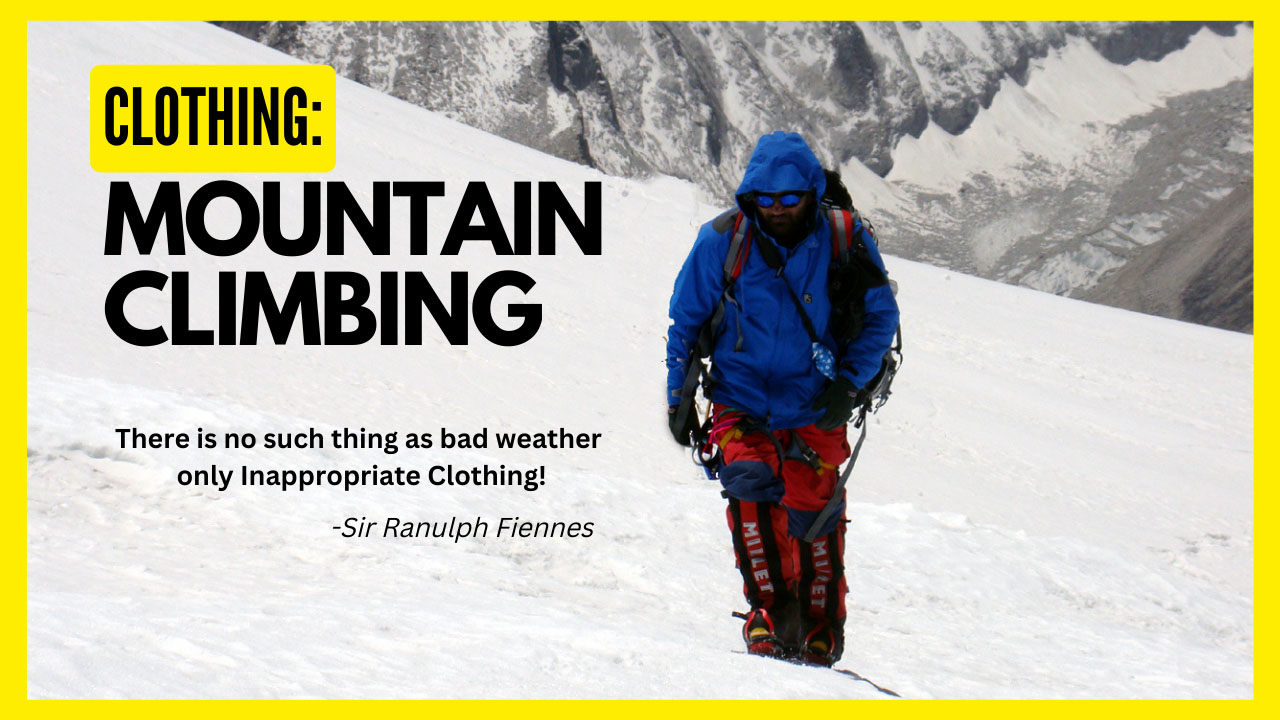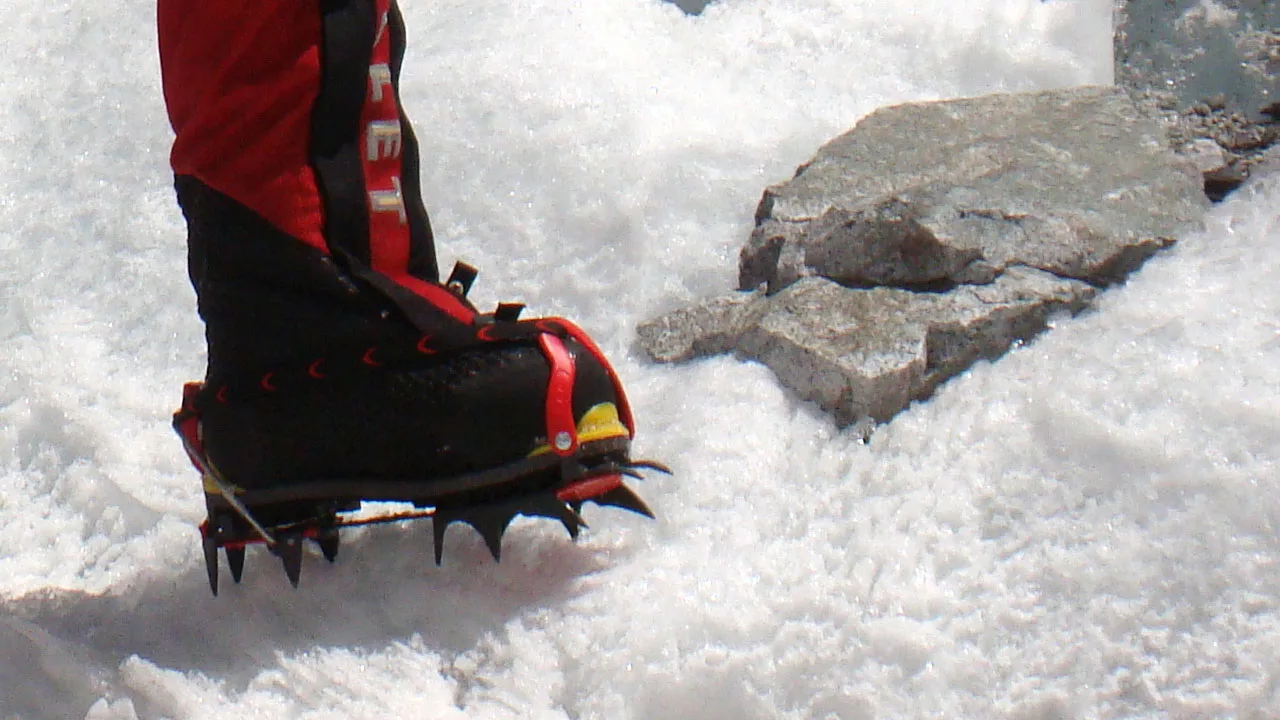Clothing: Mountain Climbing
Knowledge Base
What and How to Wear on Mountain Climbing?
Temperatures on the Mountain climbing will range from 25° to 30° Celsius maximum to -5° to 0° Celsius lowest. It is advisable to be prepared for lower temperatures as a result of wind chill or severe weather. The days are lovely, but the nights are freezing. In any case, you should be prepared for severe weather since storms form quite fast at altitude. It is advisable to plan and prepare for clothing mountain climbing.
When it is cold It is usually preferable to wear clothes in three or more layers rather than a bulky single one.
Layering Method: How to layer your clothes for mountain climbing or outdoor recreation, you must first grasp the role of each layer:
- The outermost part (shell): defends you from the elements such as snow, wind, and rain.
- The middle layer (insulating): preserves body heat to keep you warm in cold weather.
- The bottom layer (underwear): absorbs moisture away from your skin.

The following list is suggested for any overnight hiking excursion on Mountains or Cloth for Mountain Climbing.
- The thermal top (polypropylene) is a good base layer.
- A T-shirt on top of a thermal will keep you warm.
- Mid layers provide insulation so any that is warm thing is good, a medium thickness woolen jumper or a mid-weight fleece top, along with another lightweight fleece top will do.
- The outer layer is the final layer between you and the elements and must be capable of keeping out the wind, rain, and snow. Any good waterproof, windproof jacket would do the job.
- Legwear in the form of thermal long johns is invaluable. Cotton trousers or long skirts (long skirts for ladies also double as a `port-a-loo’) worn over this layer can keep you very comfortable.
- A good sun hat is very essential.
- Sunglasses which offer 100% UV protection are necessary to combat strong daylight.
- A good quality sleeping bag ensures a good night’s sleep after a long day outdoors. Do not compromise on your sleeping bag – err on the side of carrying a warmer bag, than carrying a light one which may give you many sleepless nights.
Footwear:

If you are purchasing a new pair of footwear for the walk. Break in your shoes before your journey to minimize blisters on the path. Most routes in the Indian Himalayas are rugged and steep, therefore a decent pair of shoes is essential. Socks are a fantastic choice for both walking and keeping feet toasty inside the tent at night.